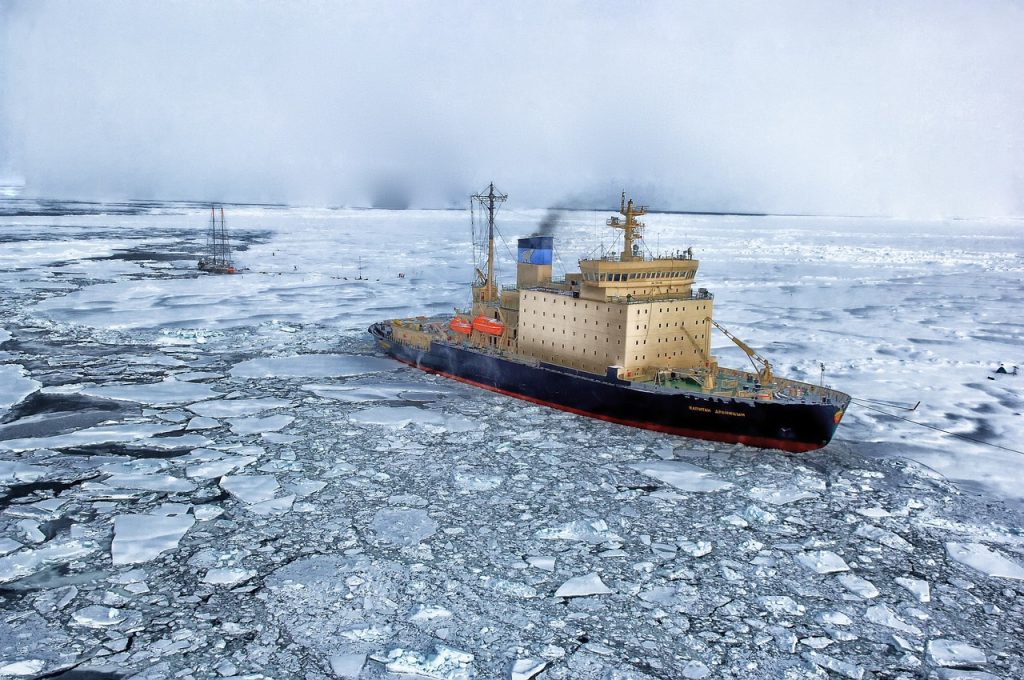Industrial Growth Turns the Arctic Brighter, Ending Vast Polar Night
Others are reading now
The Arctic has always had long, dark winters. Yet, new research shows that this remote region is rapidly becoming brighter.
Industrial activity, especially oil and gas production, is the primary reason for this change. A study by NASA’s Earth Observatory found that between 1992 and 2013, the Arctic experienced a 5 percent yearly increase in illuminated areas, writes TechWP.
Over two decades, this has added up to about 605,000 square kilometers of previously dark land now lit up at night.
Much of this increase has occurred in Russia’s Khanty-Mansi region. This marshy area in western Siberia is home to Samotlor, one of the largest oil fields in the world.
Also read
During the study period, the Khanty-Mansi region saw the biggest expansion in artificial lighting.
Only 15 percent of the illuminated areas in the Arctic came from human settlements, such as homes or apartment buildings.
Most of the light comes from industrial operations like oil and gas extraction, according to Zhuosen Wang, a scientist at NASA’s Goddard Space Flight Center.
Industrial activities dominate much of the Arctic’s economy. Data shows that northern Russia, Alaska, and parts of the European Arctic produced the most artificial light between 1992 and 2013.
In contrast, the Canadian Arctic largely remained dark. Within Russia, the illuminated area grew the most in Khanty-Mansiysk and Yamal-Nenets, where oil and gas production has boomed.
However, industrial expansion in the Arctic has not been uniform. Some areas experienced reductions in artificial lighting.
This is because industries like oil, gas, and mining often go through cycles of expansion and contraction.
These patterns can result in less activity and fewer lights in certain regions over time.
By 2013, the total illuminated area in Russia’s oil and gas-producing regions was 339,000 square kilometers, nearly the size of Germany.
In comparison, the European Arctic had 159,000 square kilometers of illuminated land, while North America’s Arctic had 49,000 square kilometers.
The study also identified activity at mines extracting other resources, like Alaska’s Red Dog mine, which was one of the world’s largest zinc producers.


